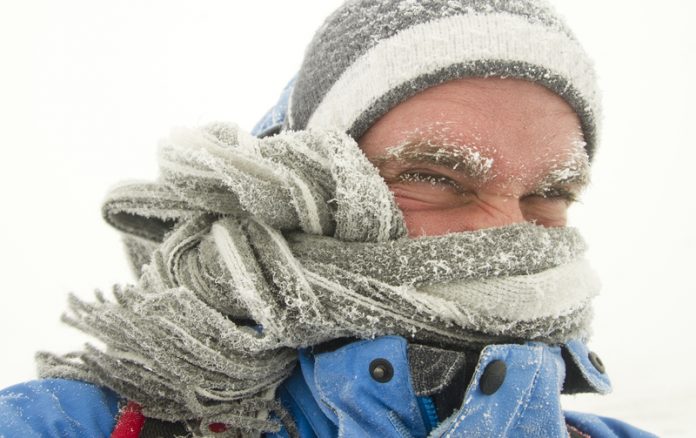New figures from the Office of National Statistics today show that the number of excess winter deaths exceeded 50,000 the highest on record since the winter of 1975/76
Over 15,000 of these deaths will be relatable directly to a cold home. The vast majority will have multiple hospital and GP visits behind them. The figures also worryingly show a doubling in the number of male deaths under 65.
Adam Scorer, Chief Executive of NEA commented: “Today’s excess winter death figures should be a huge shock to the system. The cost in human suffering and lost lives is a tragedy. The cost to the NHS is significant and largely avoidable.
Predictable, preventable and shameful. We seem to have accepted excess winter deaths to be as much a part of winter as darker evenings.”
On top of these preventable deaths, we know that many millions more people will have suffered the preventable health impacts of living in a cold and damp home, as well as resorting to harmful coping strategies.
New evidence provided by frontline workers to NEA, has revealed the top 10 unsafe fuel poverty coping strategies being used to survive winter. The regular use of older, dangerous or un-serviced heating appliances is commonplace, despite being potentially fatal or leading to heightened risks for nearby neighbours as a result of carbon monoxide poisoning or in extreme situations, fires and explosions. The charity says many more people are going to bed early to keep warm and using candles to save on electricity. People struggling to heat their homes are also spending their days in heated spaces such as libraries, cafes or even A&E to avoid the cold.
The figures demonstrate the need for urgent action and come as NEA launches the Warm and Safe Homes (WASH) campaign, which aims to raise awareness of the annual devastation that cold homes wreak on the most vulnerable in our society and focus on what more needs to be done to end fuel poverty and ‘preventable’ excess winter deaths and ill health.











